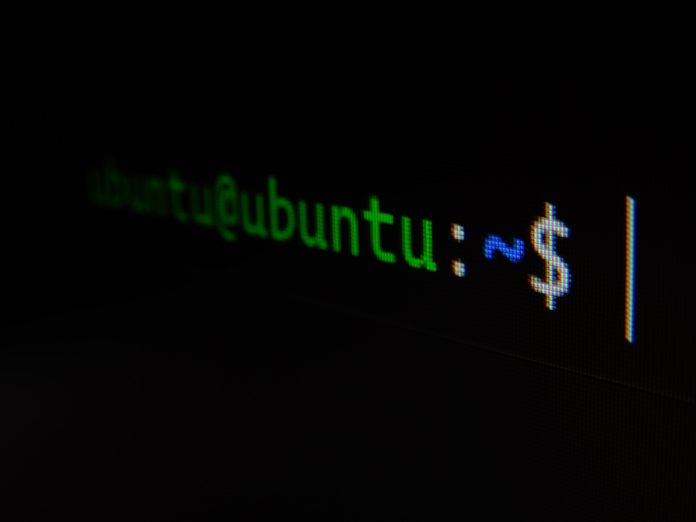Installing packages on Linux using package managers like apt (used in Debian-based systems) or yum (used in Red Hat-based systems) is a fundamental task for system administrators and users alike. However, this process is not always without its challenges. In this in-depth guide, we will explore common package installation issues that Linux users may encounter and provide practical solutions to overcome them. Whether you’re a Linux novice or a seasoned pro, understanding and addressing these problems will help ensure seamless software installations and maintain a stable Linux system.
What Are Package Installation Issues?
Package installation issues refer to common problems and errors that can occur when using package managers to install software on Linux. These issues may disrupt the installation process, prevent packages from being installed correctly, or lead to conflicts within the system.
Common Package Installation Issues and Solutions:
1. Dependency Problems:
Issue: Packages often depend on other packages to function correctly. If these dependencies are missing or incompatible, it can result in errors during installation.
Solution: Use the package manager’s dependency resolution capabilities to automatically install required dependencies. For example, with ‘apt’ or ‘yum’, you can run:
sudo apt-get install -f # For apt
sudo yum install @groupname # For yum2. Repository Configuration Errors:
Issue: Incorrect or missing repository configurations can lead to the inability to locate and download packages.
Solution: Verify and correct repository configurations in your package manager’s configuration files (e.g., /etc/apt/sources.list for ‘apt’ or /etc/yum.repos.d/ for ‘yum’). Ensure that repositories are properly enabled.
3. Package Not Found:
Issue: Sometimes, packages may not be found in the repositories you have configured.
Solution: Double-check the package name and repository. Ensure that you have correctly spelled the package name and that the repository you are using contains the package you need. You may need to add additional repositories if the package is not available in the default repositories.
4. Conflicting Packages:
Issue: Installing a package may conflict with existing packages on your system, leading to installation failures.
Solution: Review package conflicts carefully, and if necessary, remove conflicting packages or find alternative packages that can coexist. Use the package manager’s conflict resolution features to handle conflicts.
5. Insufficient Permissions:
Issue: Installing packages typically requires administrative privileges. Trying to install packages without the necessary permissions can result in errors.
Solution: Use ‘sudo’ or ‘su’ to run package manager commands with administrative privileges. For example:
sudo apt-get install package_name # For apt
su -c "yum install package_name" # For yum6. Network Issues:
Issue: Slow or interrupted network connections can disrupt package downloads.
Solution: Ensure a stable internet connection and use tools like ‘ping’ or ‘traceroute’ to troubleshoot network issues. Additionally, use a package manager mirror that is geographically closer to you for faster downloads.
7. Disk Space Shortage:
Issue: Running out of disk space during package installation can cause errors.
Solution: Check your available disk space using ‘df -h’ and free up space if needed by removing unnecessary files or increasing your storage capacity.
Conclusion:
Encountering package installation issues on Linux is not uncommon, but with a clear understanding of the problems and their solutions, you can overcome these challenges effortlessly. Effective troubleshooting and problem-solving are essential skills for Linux users and administrators.
By following the solutions provided in this guide, you’ll be well-prepared to tackle common package installation problems and ensure the successful installation of software on your Linux system, regardless of whether you’re using ‘apt’ or ‘yum’ as your package manager.

